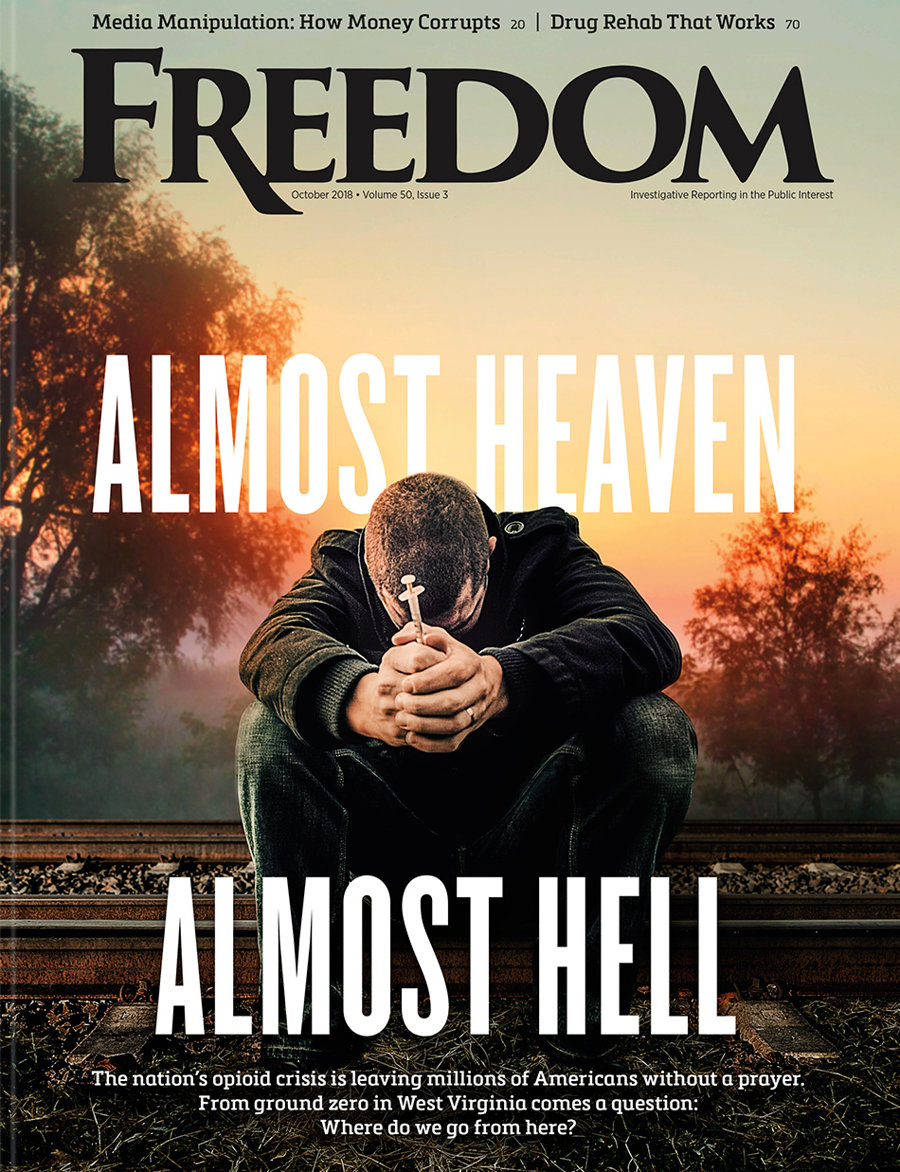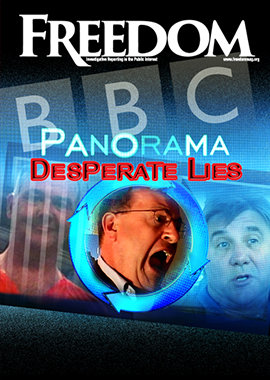An early example of this was his alarm clock, which was not waking him properly for school each morning. Assaff tinkered with the clock, adding a pair of old hi-fi speakers and with that blaring sound, he overslept no more.
When Assaff moved with his family to England, he experienced study problems in his new school. His father was wise enough to make a quick change, transferring him to a school which offered “Study Technology,” a simply technology for studying developed by L. Ron Hubbard. So successful was the change that Assaff graduated a year early.
Once in university, Assaff concentrated on engineering study, hoping to start his own company to create inventions based on the ideas already circulating in his head. This served him well when he was hired by the robotic camera firm, Mark Roberts Motion Control. His original plan was to spend six months learning what he could before setting out to start his own firm. But so valuable was Assaff to the company that he lasted well beyond his six-month plan into years, until one day he asked his boss, “Can I run the company?” The boss said yes.

The first project under Assaff’s leadership was a two and a half ton digital filming machine that moved very fast along rails, called the Cyclops. It was a wonder in the film industry, but far too hefty to be used outside of a sound studio. So Assaff helped to develop a little brother of this wonder, called the Milo, which was spectacularly successful for its portability and high speed motion. The Milo immediately dominated the shooting of TV commercials, music videos and films.
In very short order, Assaff, Mark Roberts and other members of the firm were at the podium receiving their Oscar for their marvel, which revolutionized the creation of film special effects.
All seemed to be clear sailing ahead, until the dot-com bubble burst at the turn of the century and suddenly advisers were urging Assaff and Mark Roberts to shut down their operation to avoid financial and legal problems.
But shutting it down just didn’t seem right, so they simply downsized, shrinking work hours to a four-day week. Still not enough, Assaff thought the answer might be in creating new products for other industries. They began by producing smaller, more affordable equipment, and as sales rose, they reinvested the earnings into developing new products.
The advent of improved digital cameras gave them the opportunity to develop a super high speed movie camera that no longer was oversized. The result: a portable super high speed camera. Called the “Bolt,” it answered all the needs required of a state-of-the-art high speed footage camera, and opened the way for a resurgence in motion control photography.
Later, Assaff’s firm received a call for help from a client who had promised a robotic camera solution for the London Olympic Games. They needed robotic cameras that could be controlled remotely by photographers. Just a couple of weeks later, Assaff sent them a video of his firm’s solution. The clients were stunned. They had trouble believing the problem had been solved so quickly and so well.
But that was only half the battle. What remained was to manufacture and deliver the cameras in the short time available before the games began. With people working night and day shifts, building and testing, most of the equipment arrived on time. Based on that success, the company also supplied close to 95 percent of the robotics used during the Rio Games, including those used in taking the spectacular underwater shots during the swimming events.
More awards, including the “Queen’s Award for Enterprise,” have come the way of Assaff and his fellow workers as they’ve branched out into working with such aerospace companies as SpaceX. In fact, the only continent on which the company hasn’t yet worked is Antarctica, and according to Assaff, “That will come.”
Watch all of the remarkable achievements enjoyed by Assaff Rawner and his company in this episode of Meet a Scientologist, airing on the Scientology Network.






















